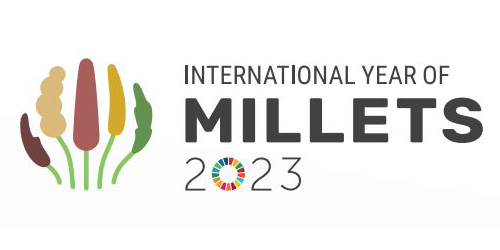India is a major player in the global agriculture market. It has been one of the biggest producers of food staples that is rice and wheat. It is also the biggest source of raw materials for agro based industries. India is the largest producer and consumer of pulses too. In spite of this it is facing a demand and supply gap of pulses leading to imports. Pulses production has seen fluctuation over the years. During the period of higher population, increasing production of pulses to achieve food security is a matter of concern. 2023 has been declared as International millet year by the United Nations General Assembly based on the proposal of India. This is to bring awareness about millets which has traditionally been a part of food culture of India. In the same way 2016 has been the International year of pulses to bring awareness about its importance as a nutritious food, sustainable and eco friendly crop. This paper discusses trends of pulses production, reasons behind its stagnant growth, government initiatives and its impact on cultivation of other crops. It also presents some recommendations which could improve yield of pulses and reduce its imports.
Click Here To Download The Paper


📌Analysis of Bills and Acts
📌 Summary of Reports from Government Agencies
📌 Analysis of Election Manifestos

